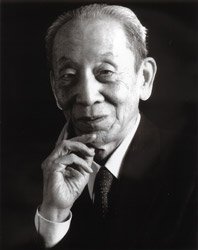Shojin cooking is a type of vegetarian cooking introduced into Japan together with Buddhism in the 6th century adapted into native Shinto-based culture. Shojin is a Buddhist term that refers to asceticism in pursuit of enlightenment. In the 13th century, with the advent of the Zen sect of Buddhism, the custom of eating shojin ryori(cooking) spread. No meat is eaten; no life is sacrificed – purely plant based.
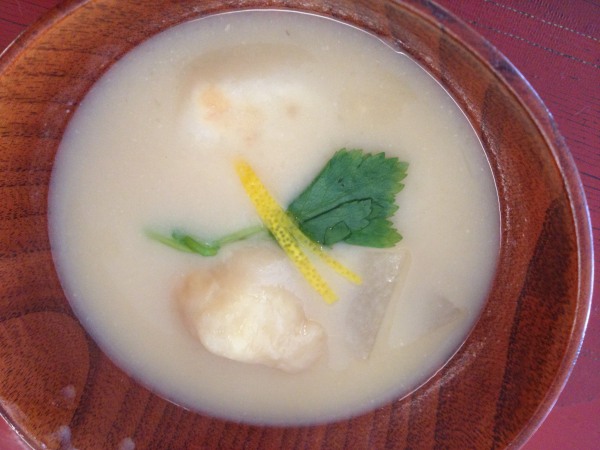
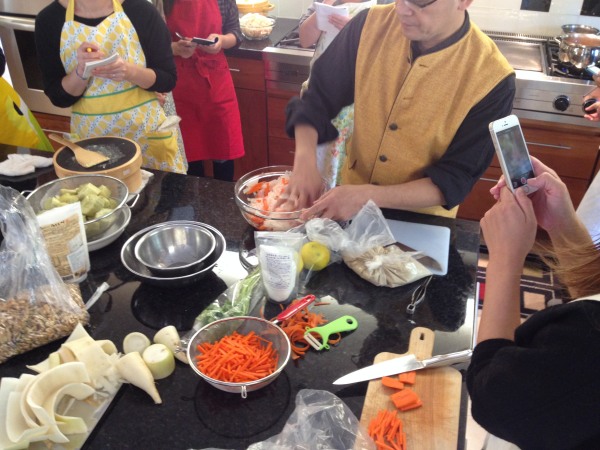
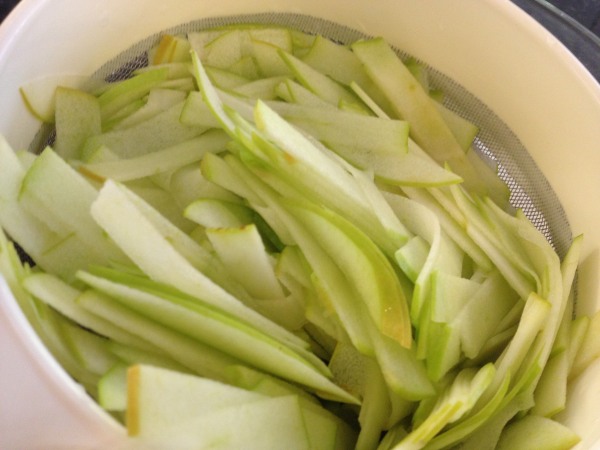
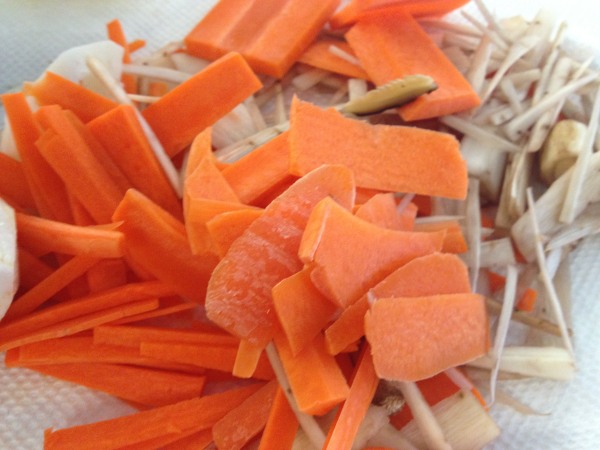
watercress tied into bows for garnish to top the New Year’s Day soup, i.e., “ozouni”:)
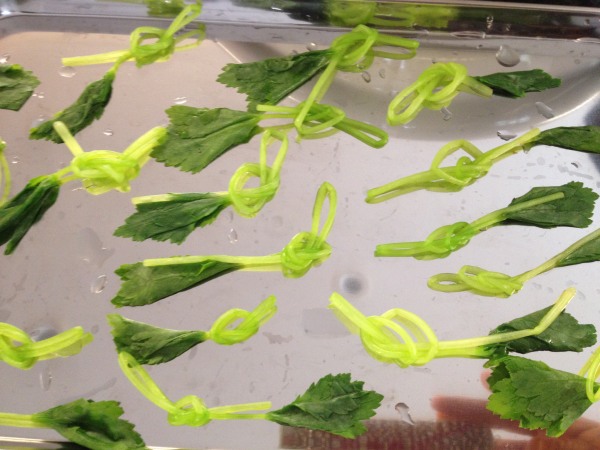
“Yuzu” not lemon…
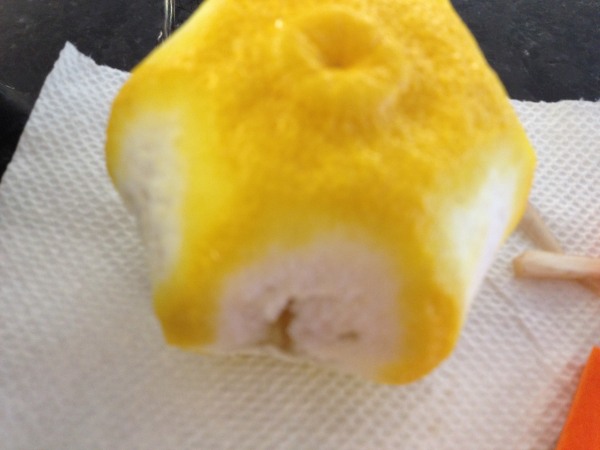
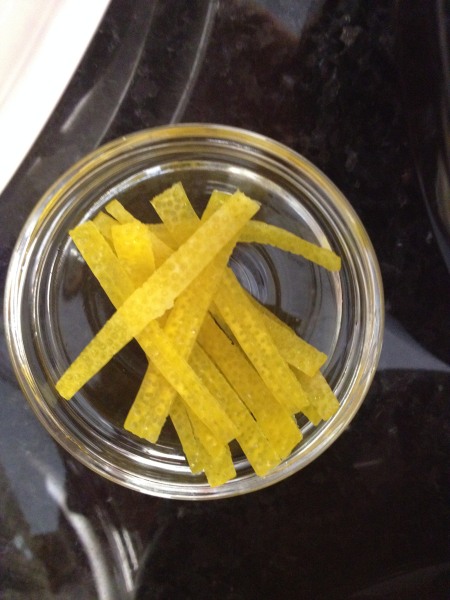
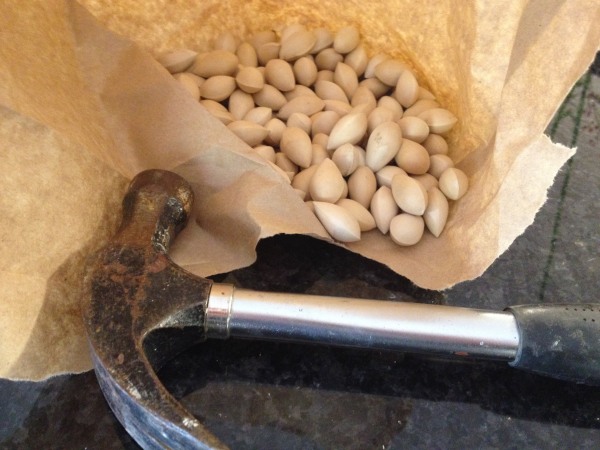
Ginnan berries? nuts? to shell… Ginnan harvested from Gingko trees.
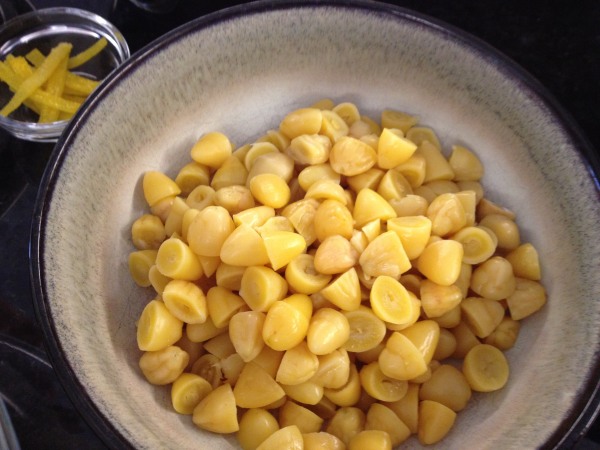
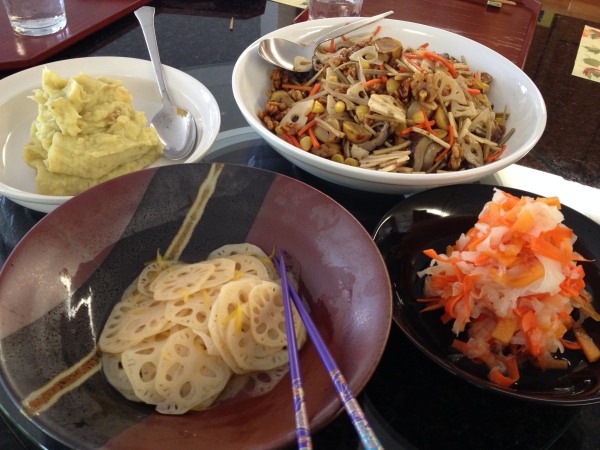
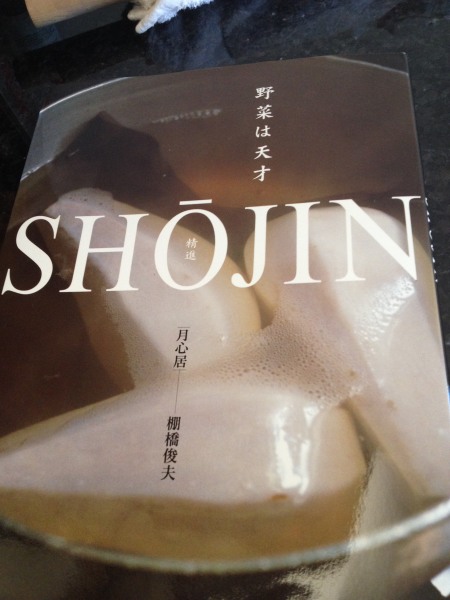
Thanks to lovely and generous friends, last night was full of indulgences so…today is light and fresh beginning with Shojin cuisine, washing away the effervescent bubblies and the yummy creamy richness. This is my version of an offering … to purify and clean out in order to truly nourish on this day one of the year, signifying a fresh new start:)
Trying to recreate at least few dishes from the Osechi cooking taught by the famed Chef Toshio Tanahashi. Not an easy feat when you don’t have a team of Japanese ladies with expert knife skills – so humbled. Use of electric kitchen appliance NOT allowed. Practically engaging in the unintended detox fast for all to wait as I am still in the kitchen … maybe need another hour or by tomorrow, lol …I probably should have started working 3 days ago as my late grandmother used to do to prepare for this auspicious day – first day of Year of the Ram !
New Year’s resolution?
***********************************************************************************************************************
Some facts about Gingko nuts that may be of interest:
– Traditionally, ginkgo seeds or nuts were consumed in modest amount to get relief from breathing problems since in Chinese medicine, the nuts confer yang (warmth) effect. The kernels are also believed to ease asthma, bronchitis, and urinary tract ailments.
– Unlike ginkgo leaf, which FDA approved as a food supplement, the kernels have yet to attain this status in the United States.
– Overall, the ginkgo nuts may be used in small quantities as medicine instead of as a major food source as other nuts and seeds.
– When eaten in limited and specified amounts, ginkgo nuts would confer some of health benefits.
– These nuts are the storehouse of minerals like copper, manganese, potassium, calcium, iron, magnesium, zinc, and selenium. Copper is an essential trace mineral that is required in neuro-transmission, metabolism, as well as red blood cell (RBC) synthesis.
– but should not eat more than 10 at most (children 5) caution due to Ginkgotoxin poisoning.
– excerpt from nutrition-and-you.com
